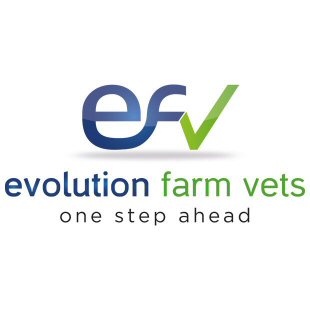Also known as hypomagnesaemia or grass tetany, staggers is caused by a low level of magnesium (below 0.65mmol/L) in the blood. It usually occurs around calving and presents as a down cow. Cattle cannot control magnesium levels in the blood well, so the condition can develop very quickly.
Aetiology
Staggers is mostly seen in lactating cows at grass (particularly fresh grass in the spring). It occurs when magnesium lost through milk cannot be replaced by sufficient dietary intake, or through interactions between magnesium and other minerals. High levels of potassium (from certain types of soil) and nitrogen (from fertilisers) can prevent plants taking up sufficient magnesium, reducing the amount available to the animal.
Magnesium is required by the central nervous system for its normal function, so deficiency causes symptoms that are neurological in origin.
Risk Factors:
- Older cows
- Previous history of staggers on farm
- Low magnesium levels in grass
- Grazing on land fertilised with nitrogen or on soil containing high levels of potassium
Clinical Signs
- Hyperaesthesia: ear twitching, sensitive to noise such as hand clap
- Muscle tremors, staggering and collapse
- Spasmodic, frequent urination and spasmodic defaecation
- Poor appetite
- Reduced milk yield
- Raised heart rate
- Sudden death
- Sub-acute form can develop the above signs over 3-4 days.
Treatment
- Intravenous calcium and magnesium hypophosphate into the jugular vein, given slowly to avoid cardiac arrhythmias.
- Additional magnesium can be given under the skin via magnesium sulphate.
- Recovery from hypomagnesaemia is slower than recovery from hypocalcaemia but is fairly quick; make sure the cow has a room to stand and is on a non-slip surface.
Prevention
- Magnesium is not palatable to cows on its own and it can be difficult to ensure supplements are eaten
- Use magnesium oxide in concentrates mixed with molasses or tablets/flakes in drinking water
- Oral boluses
- Avoid potassium fertilisers if grass staggers is a known problem on farm; magnesium spraying on pastures can increase dietary intake by cattle
